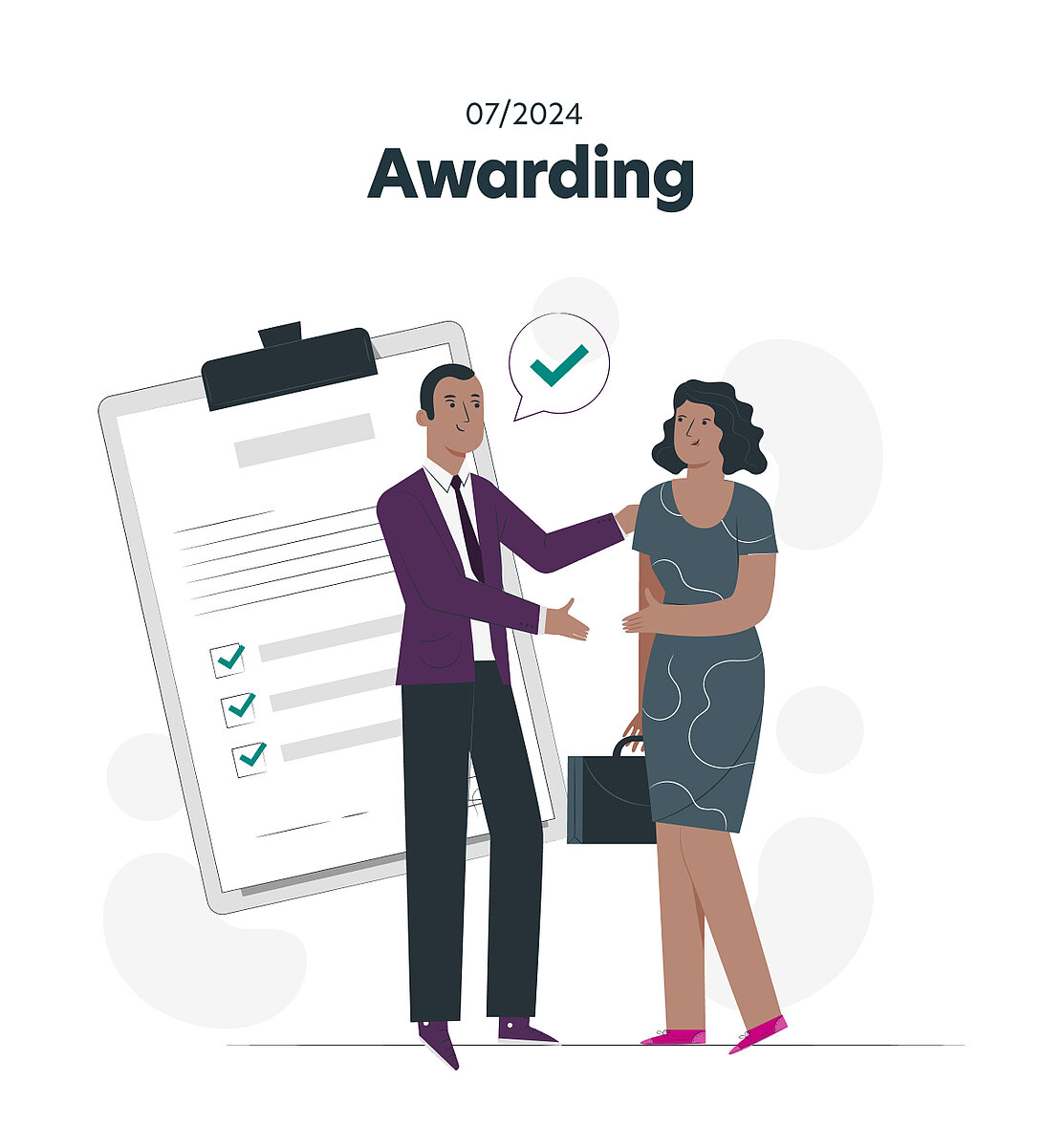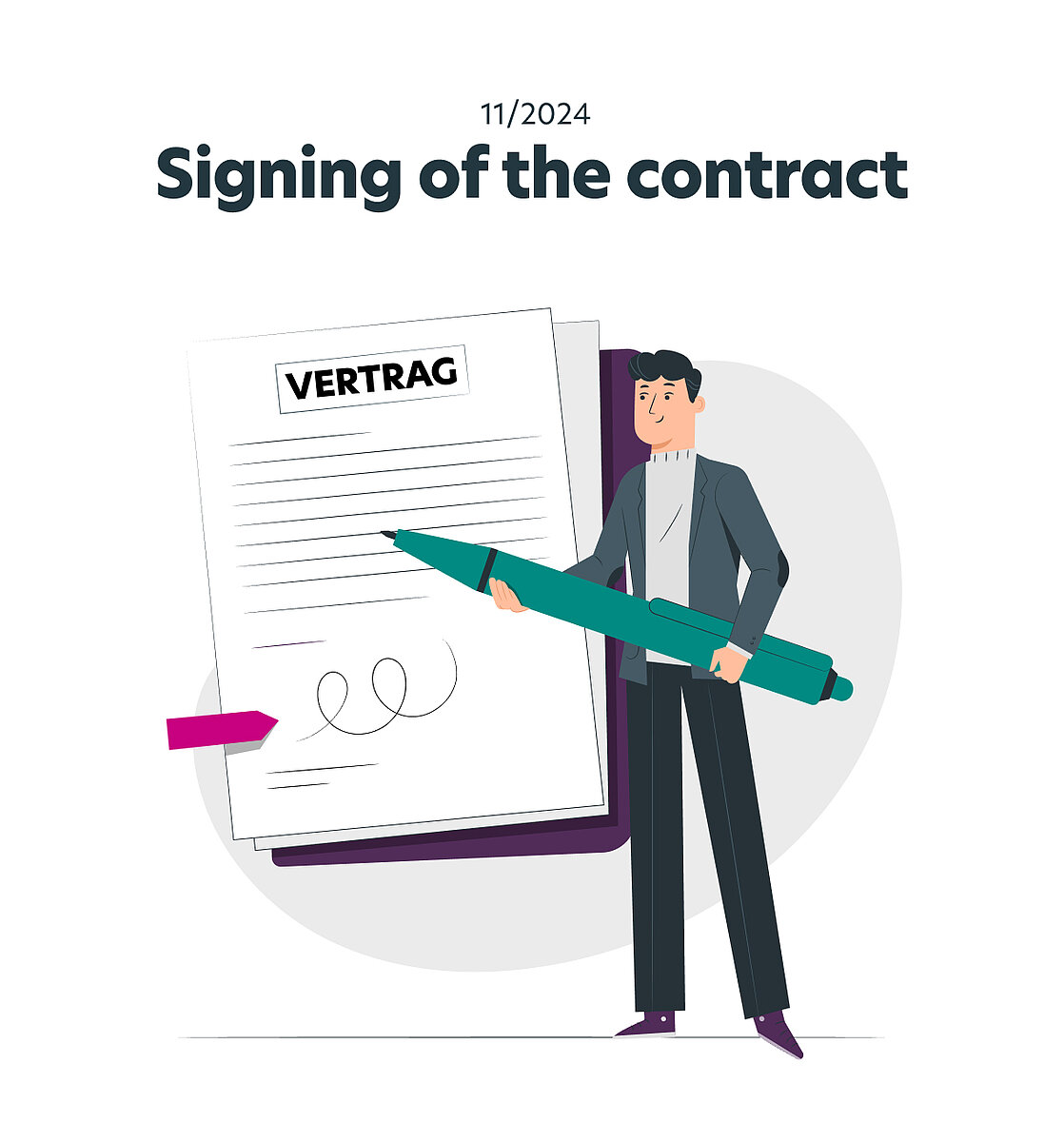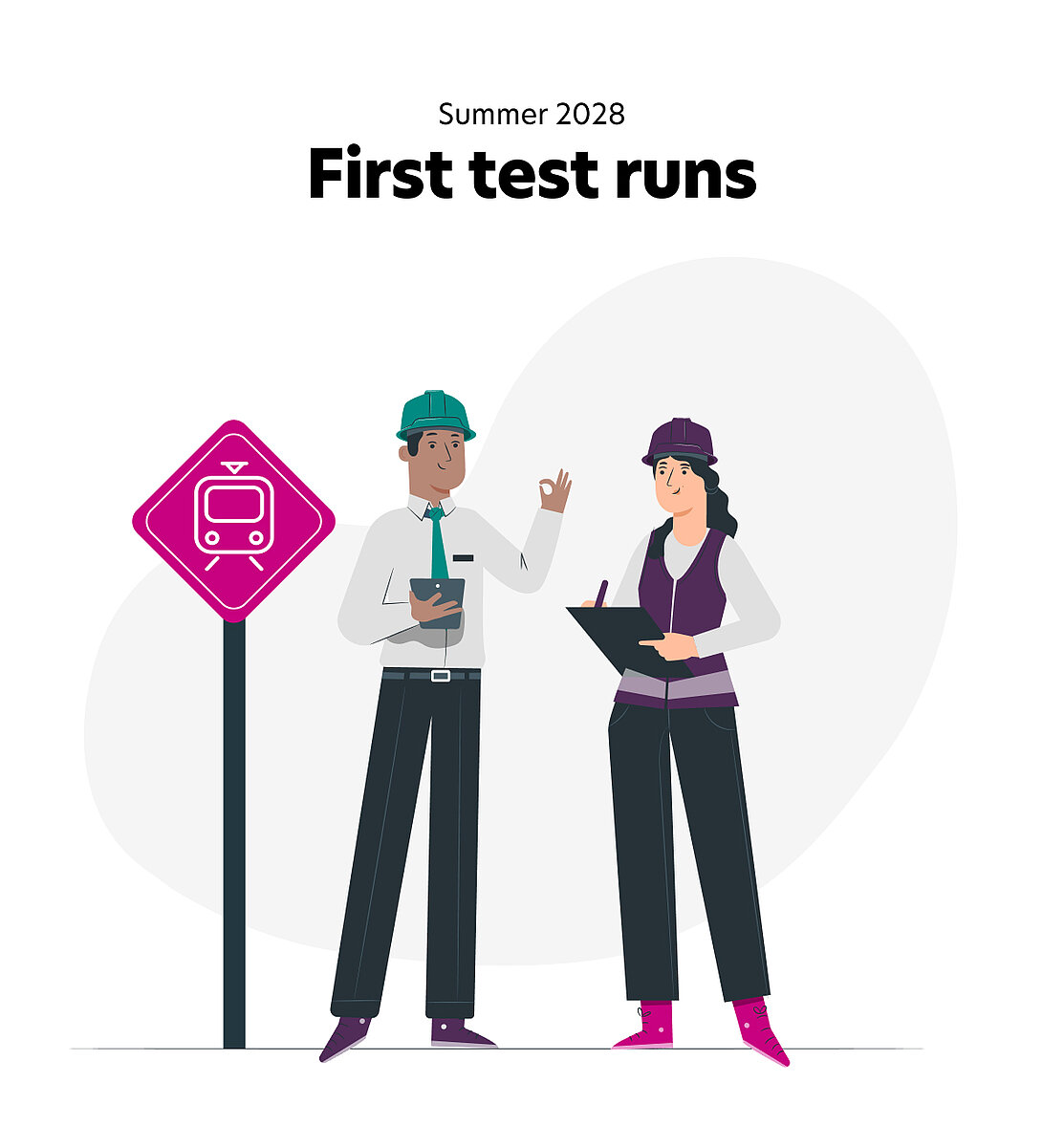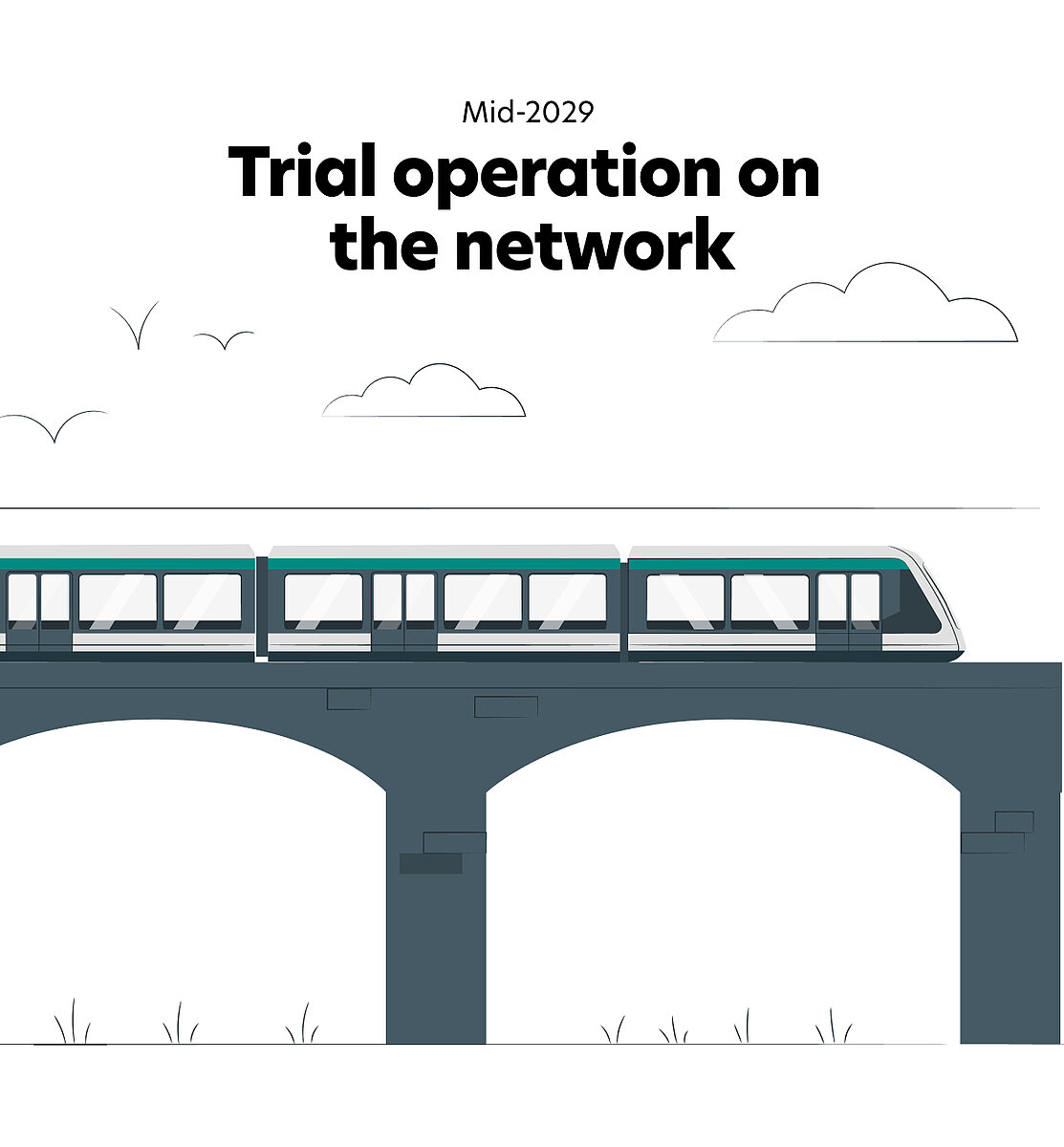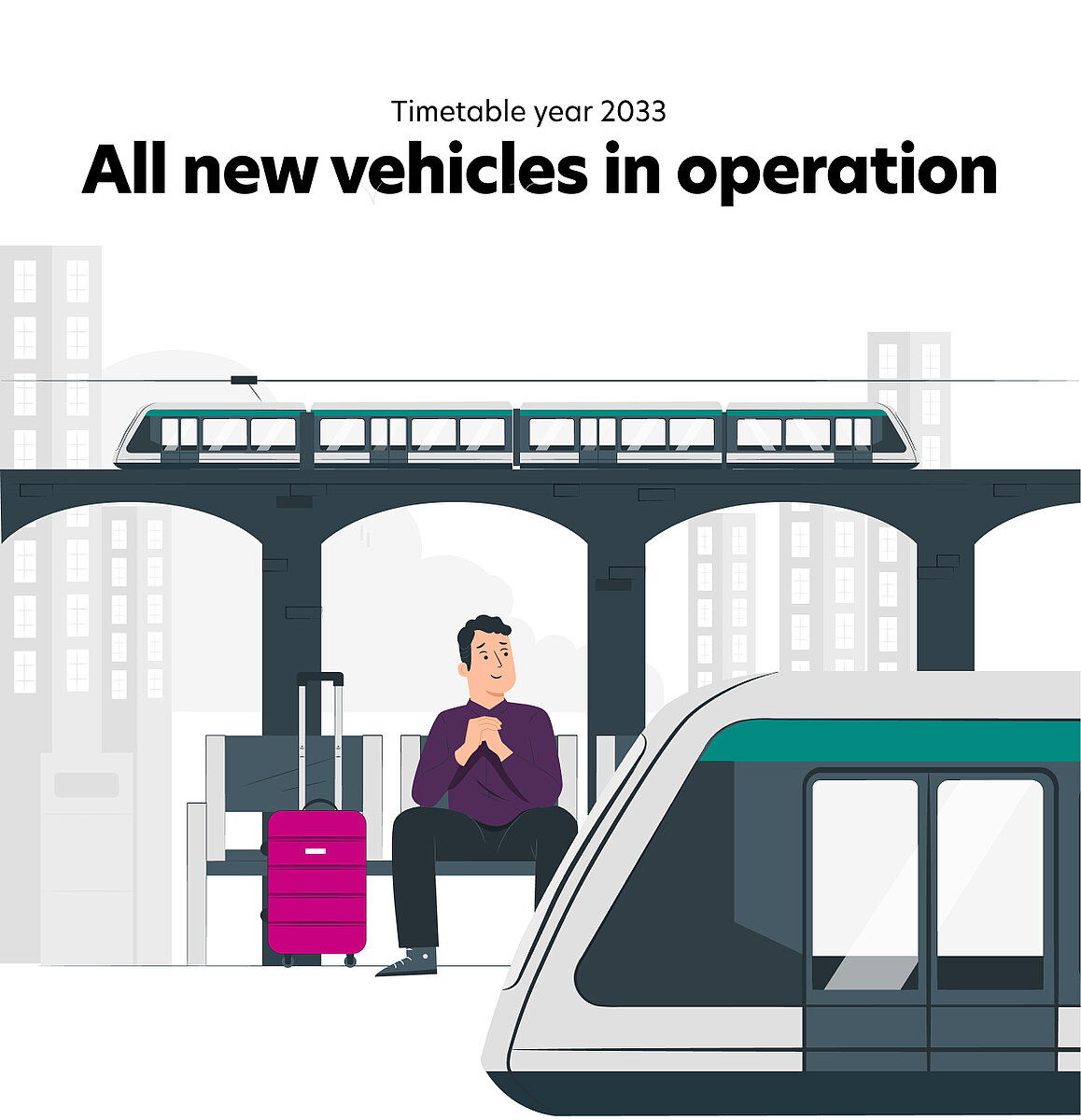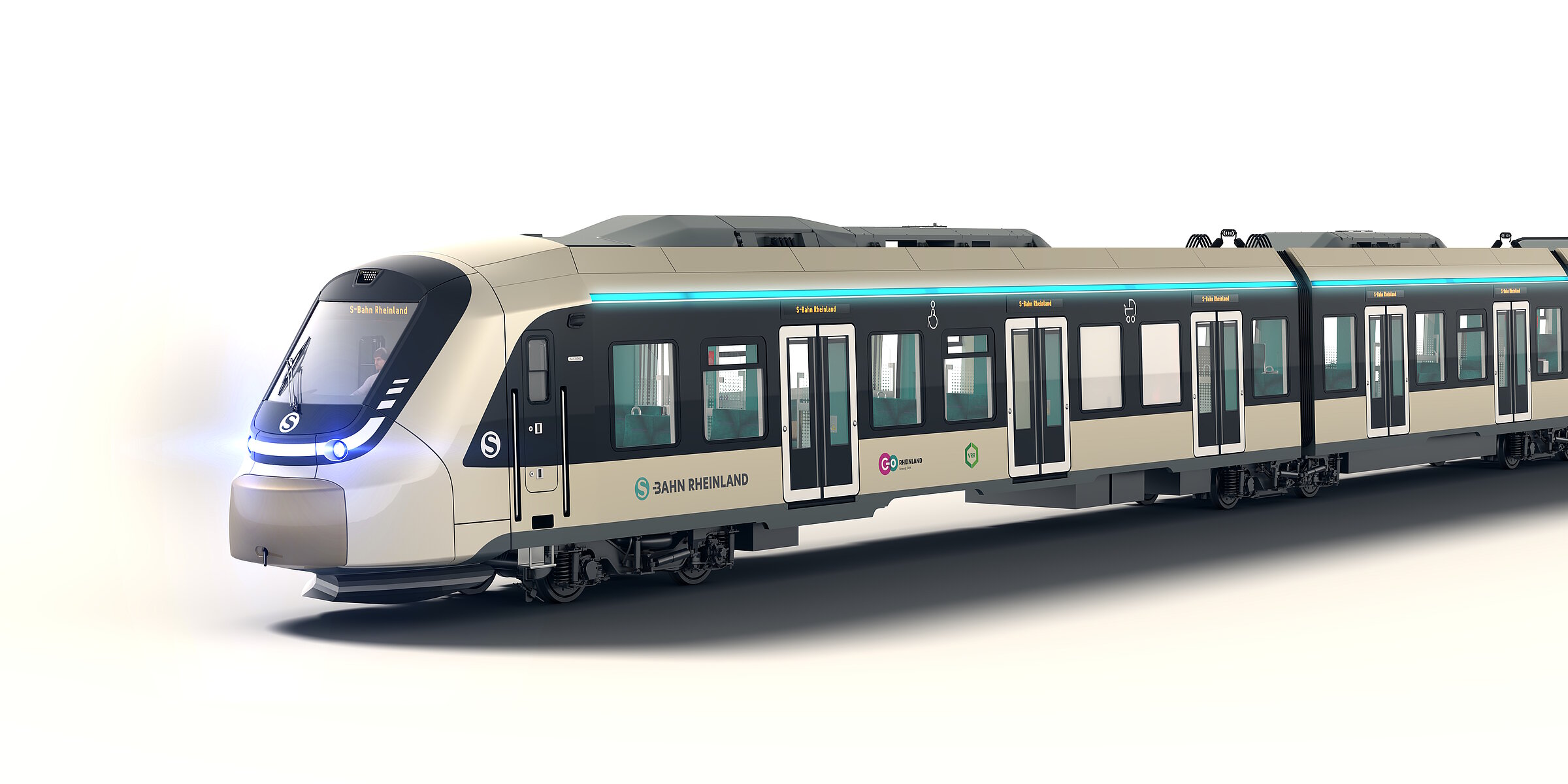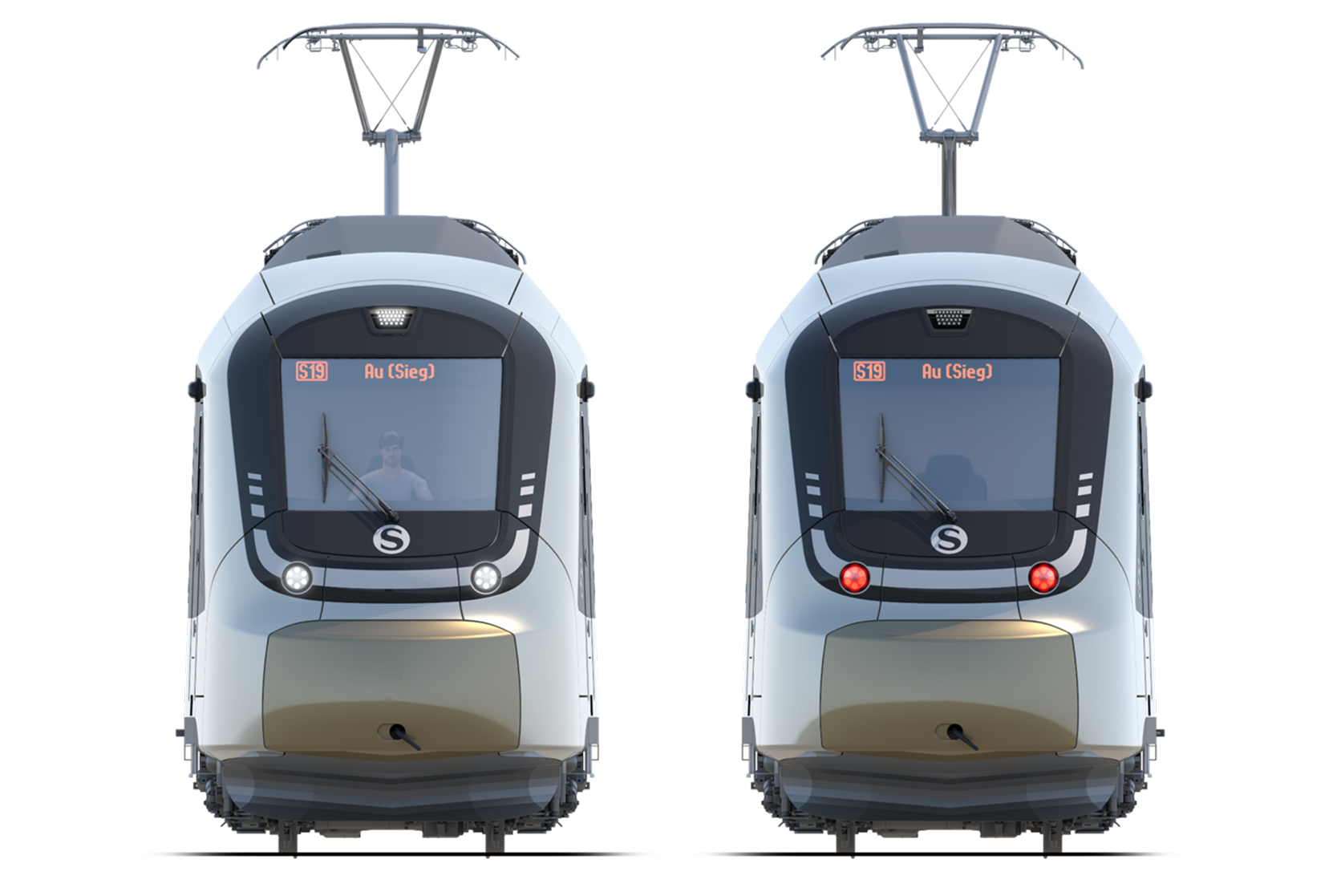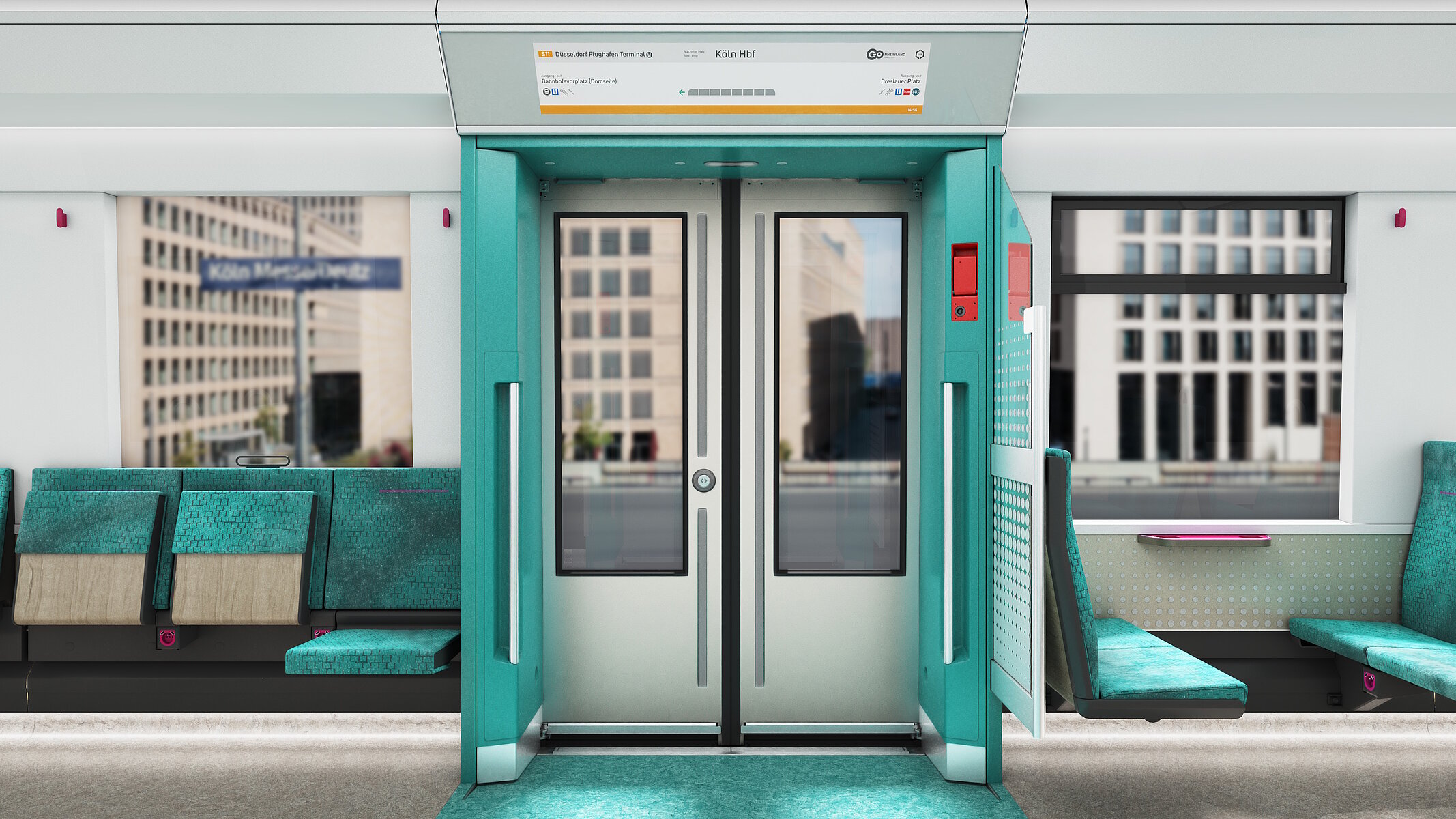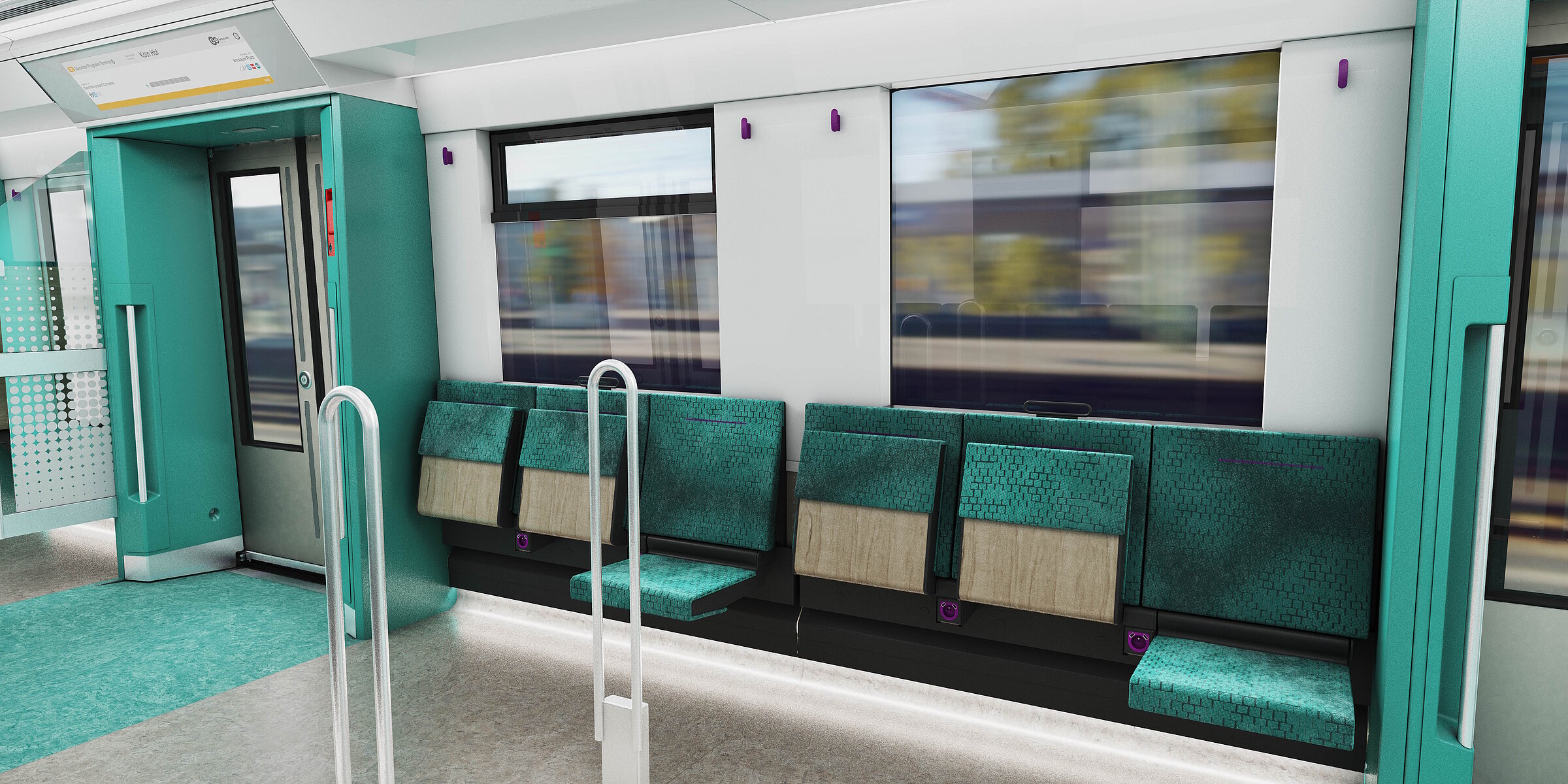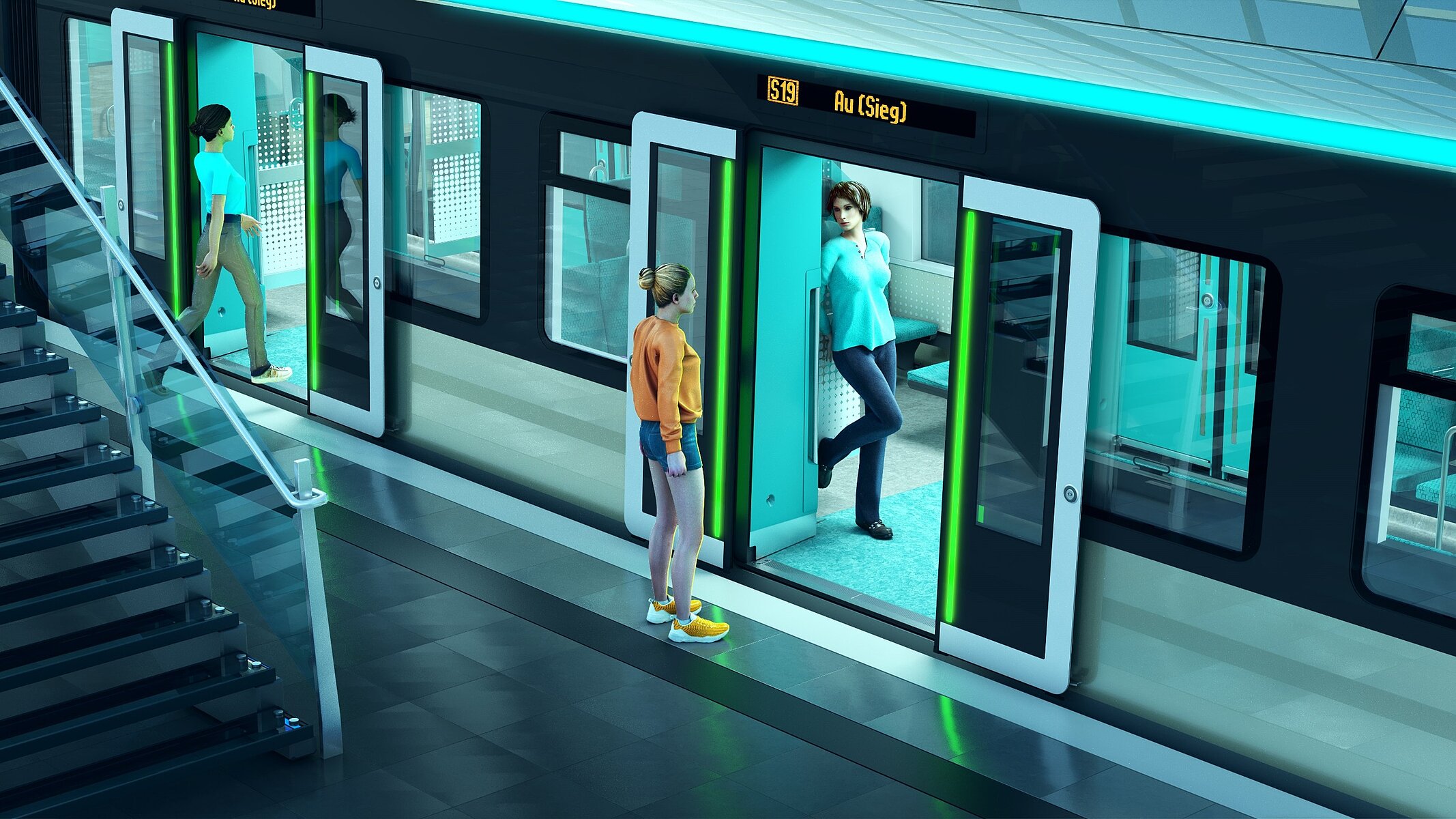The future is up to 170 meters long
go.Rheinland orders new S-Bahn vehicles from Alstom
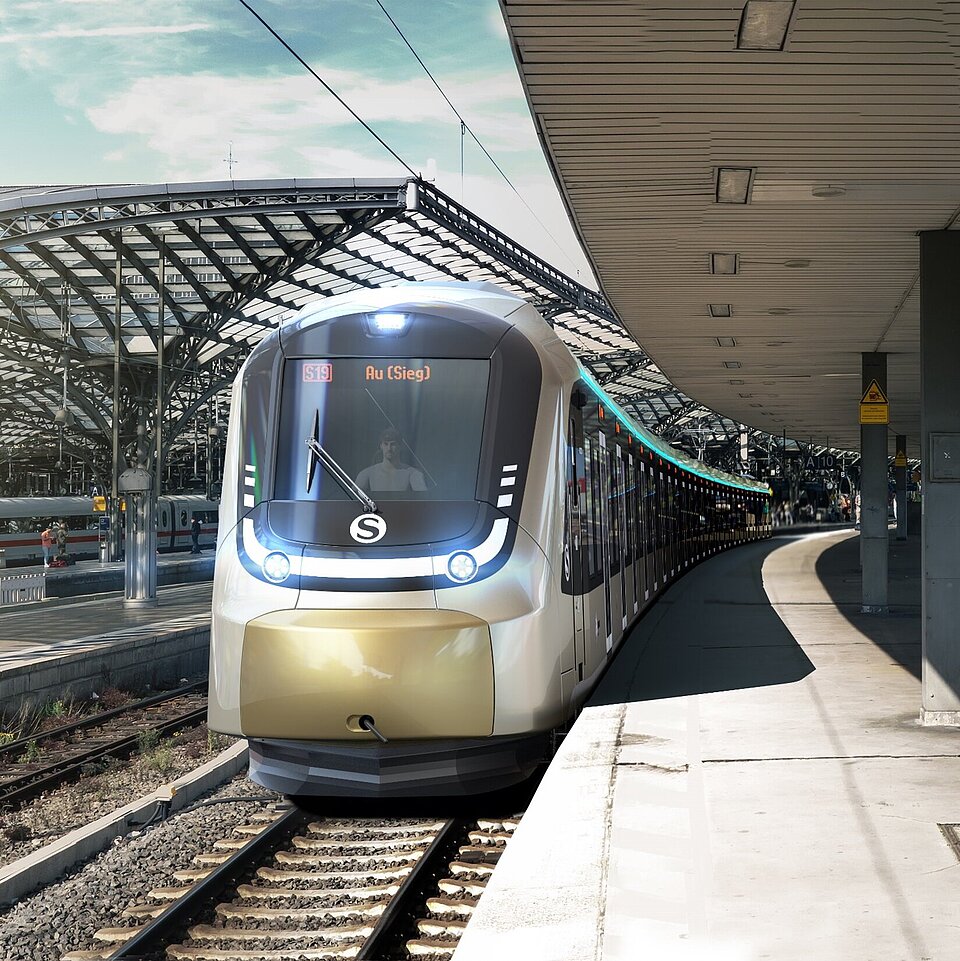
go.Rheinland and Verkehrsverbund Rhein-Ruhr (VRR) are jointly investing in up to 90 new S-Bahn vehicles. The contract was awarded to the manufacturer Alstom, which is also responsible for maintenance and availability over the entire service life of the trains. Trial operation will begin in 2029, with the full rollout planned by the 2033 timetable year.
New vehicles for efficient regional rail transport
The S-Bahn in the Rhineland is to be made fit for the future with new 150 and 170 meter long vehicles. Following a Europe-wide tendering procedure, the lead manager go.Rheinland and VRR have decided that the vehicle manufacturer Alstom Transport Deutschland GmbH will build a total of up to 90 new vehicles. Alstom will also be responsible for maintenance and availability for more than 30 years.

"This order in the single-digit billion range will significantly change the face of regional rail transport in the region. It will raise the S-Bahn fleet to a new level and we are already looking forward to using the new trains."
Orders for acceptance and maintenance go to DB Systemtechnik
DB Systemtechnik is responsible for construction, design, production, construction supervision and acceptance. DB Regio is responsible for maintenance and servicing in Cologne and Düsseldorf. Digital technologies enable predictive maintenance, increase availability and reduce costs over the entire life cycle.
DB Regio will operate the network until December 2032, after which a new tender will be prepared (RU tender). The aim is to gradually put all new vehicles on the rails by the 2033 timetable year. Until then redesigned existing vehicles will already provide passengers with more comfort when traveling on the S-Bahn lines.
Modular design for diverse mobility needs
The main challenge in designing the new vehicles was to reconcile the different needs of passengers in the best possible way while ensuring stable operation. On average, a passenger in the Rhineland spends around 25 minutes per journey on the S-Bahn. However, this includes both short journeys in the city center and long journeys of over an hour in rural areas. The new trains must meet these wide-ranging requirements. Longer journeys require more seats, while shorter journeys require the highest possible capacity. Modular interiors ensure capacity and comfort in equal measure.

Flex module (swivel vis-à-vis seats)
Vis-à-vis seat module
Multi-purpose module with folding seats
Wheelchair module with folding seats
Comfort standing module
A fundamental prerequisite for high operational stability: the entire vehicle architecture and, in particular, the design of the door areas must allow passengers to change quickly. Each vehicle also has a wet room with WC and urinal in the end carriages - unique for high-floor S-Bahn vehicles in Germany to date.
Further comfort features:
WLAN
power sockets
Powerful air conditioning (-25 to +45 °C)
Multi-purpose areas for baby carriages and bicycles
Gap bridging for level access
Digital hearing system (Bluetooth)
mobile radio-permeable windows
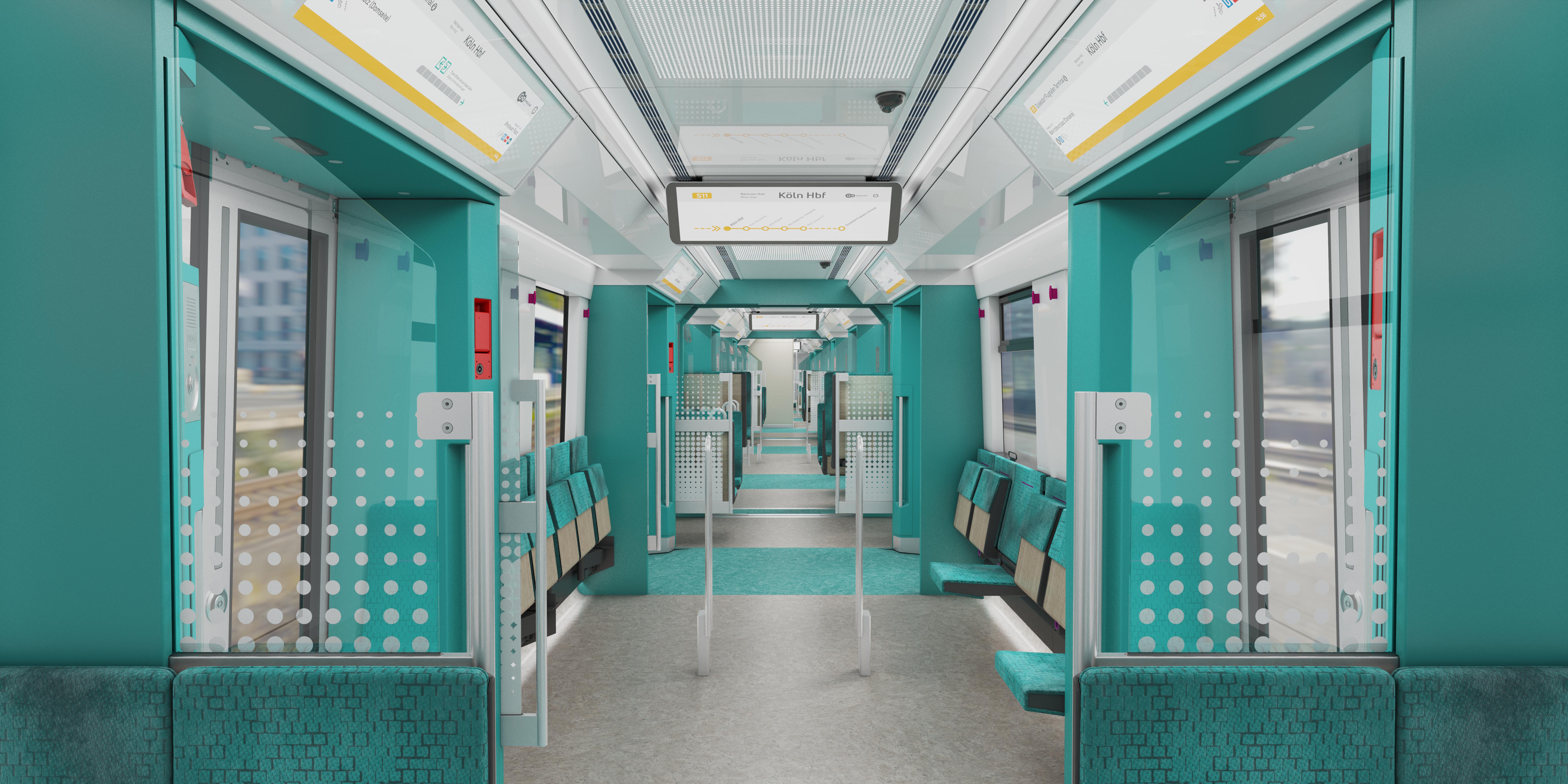
The S-Bahn network in the Rhineland comprises these lines
Ceremonial signing with Minister Krischer
In November 2024, the project partners ushered in the new era with the signing of the contract and the presentation of the new "S-Bahn Rheinland" brand. The new logo stands for modern, networked mobility - the familiar green color also makes it highly recognizable. Passengers will now encounter the new brand more and more frequently: The existing vehicles are currently being gradually fitted with the "S-Bahn Rheinland" logo.
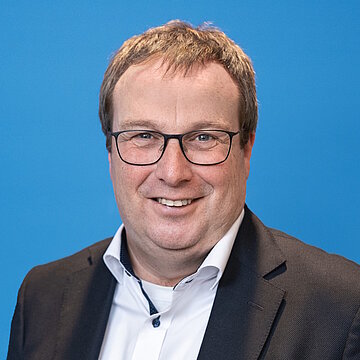 © MUNV Mark Hermenau
© MUNV Mark Hermenau"North Rhine-Westphalia doesn't see a mobility project like this every day. I would like to thank everyone involved for their contribution to this forward-looking project. It will help to raise local transport on the Rhine and Ruhr to a new level."
There is still a lot to do before commissioning
Before the new vehicles for the S-Bahn Rheinland can actually take to the tracks, a number of details - both large and small - still need to be clarified, for example when it comes to seating comfort. In March 2025, a team from go.Rheinland and other project participants tested different variants at the seat supplier in Bavaria. Important: the seats and comfort seats must be suitable for people of different heights. The test subjects were therefore between 1.55 and 2.08 meters tall.
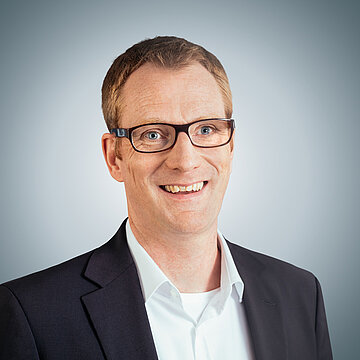
"What should the gradients be? What distance is comfortable? Which upholstery is right? The test group was deliberately diverse."
Financing through a strong partnership
The future-oriented project for new vehicles for the S-Bahn Rheinland is being financed with funds from the European Investment Bank (EIB), NRW.BANK, KfW IPEX-Bank and BayernLB.
The owners are go.Rheinland and VRR or their own companies. As with the NRW-RRX model, they make the vehicles available to the rail transport companies.
Copyright notice for all graphics shown on this page:
© Alstom / Advanced & Creative Design (status of design drafts: November 2024)
